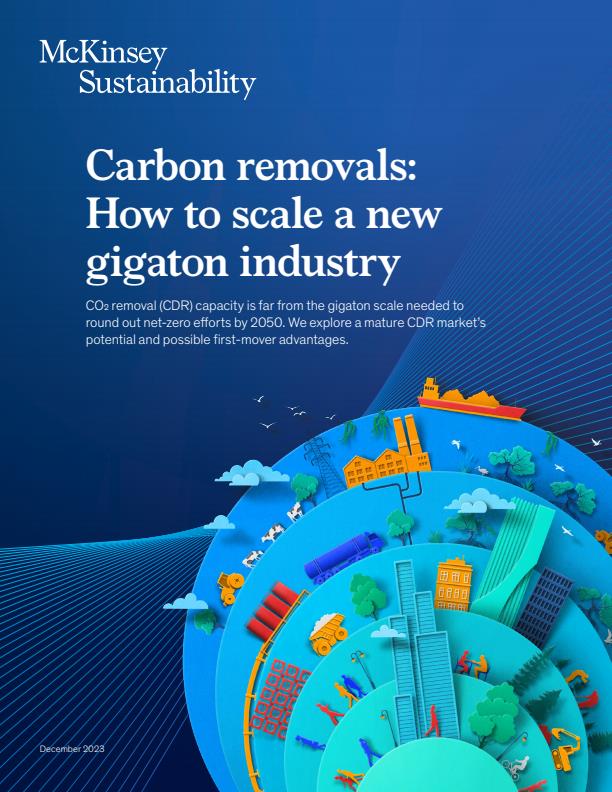The Intergovernmental Panel on Climate Change (IPCC) has made it clear that CO2 removal (CDR) is a critical tool for achieving net zero by 20501 because they could enable businesses to neutralize residual carbon emissions once all emission reductions efforts have been exhausted. Thus, by 2050, CDR competency could be a core part of management responsibilities across all sectors.
This report provides an analysis of the market potential for CDR, the investment requirements, and market trends. It also identifies which actions are the most likely to lower barriers to scaling CDR and delineates potential advantages for first movers in different stakeholder groups.
CDR’s role in reaching net zero
Reducing emissions remains the primary, most effective, and preferred response to climate change. But decarbonization alone could prove insufficient to reduce the residual “hard to abate” emissions that may persist in the medium term. Once decarbonization options have been expended, CDR could play a vital role in neutralizing residual emissions; therefore, most scenarios aligned with the Paris Agreement project substantial CDR capacities. Estimates from the Smith School of Enterprise and the Environment’s The state of carbon dioxide removal report, for example, show that six to ten gigatons of CO2 in annual CDR capacity would likely be needed by 2050 for most Paris-aligned net-zero pathways.2 This capacity could not be delivered quickly, however, so efforts would need to begin as soon as possible to ensure 2050 scenarios are achievable.3 Some estimates require an additional 0.8 to 2.9 metric gigatons of CO2 per year of removals capacity by 2030—three to ten times more than the volumes currently estimated to be onstream by that date.4 Biotic feedback loops could also further accelerate the most severe effects of climate change, consequently increasing the speed at which CDR would need to be scaled.
Given CDR’s potential importance to achieving net-zero commitments, removals could become a routine consideration for businesses across sectors. For companies to claim they have reached net zero under the Science Based Targets initiative’s (SBTi’s) Corporate Net-Zero Standard, for example, after they have exhausted decarbonization actions, they must neutralize any residual emissions.5 CDR can be especially pertinent for sectors with “hard-to-abate” emissions—those emissions that are technologically or economically prohibitive to reduce.
Closing the removals gap to achieve net zero would require a range of CDR solutions comprising both nature-based removals (NBR) and technology-based removals (TBR). NBR removes carbon by restoring, enhancing, or actively managing ecosystems. Because they tend to cost less per metric ton of CO2 removed than emergent TBR, NBR could offer a more cost-effective path to increasing near-term CDR capacity. NBR could also play a role in removals over the long term, to ensure flexibility and balance in removals capacity. However, TBR generally delivers more “durable” removals by storing CO2 permanently with minimal risk of rerelease into the atmosphere.6 And durable solutions are generally preferable to ensure removals efforts remain effective in the long term, so increasing volumes of such solutions would be needed. Accelerating the scale-up of durable TBR would require near-term investment and innovation to reduce their relatively higher cost.
Understanding ten CDR solutions
To further explore the range of methods to capture and store CO2, jump to individual CDR solutions for both nature-based and technology-based removals below (Exhibit 1).




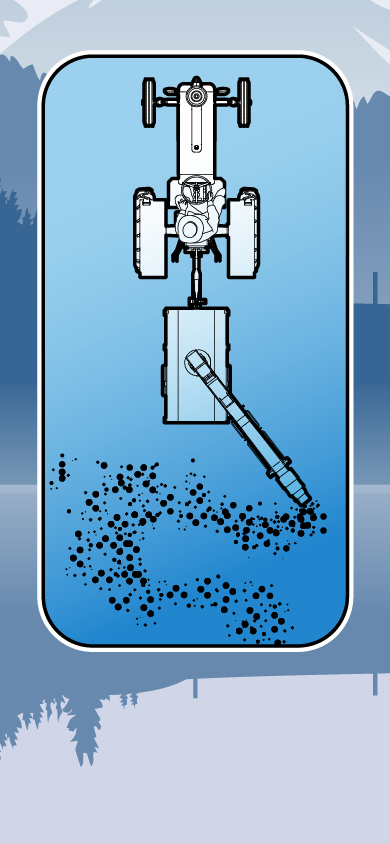
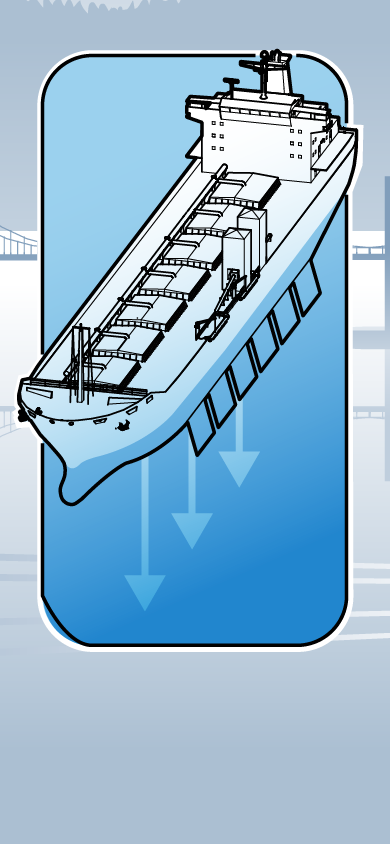
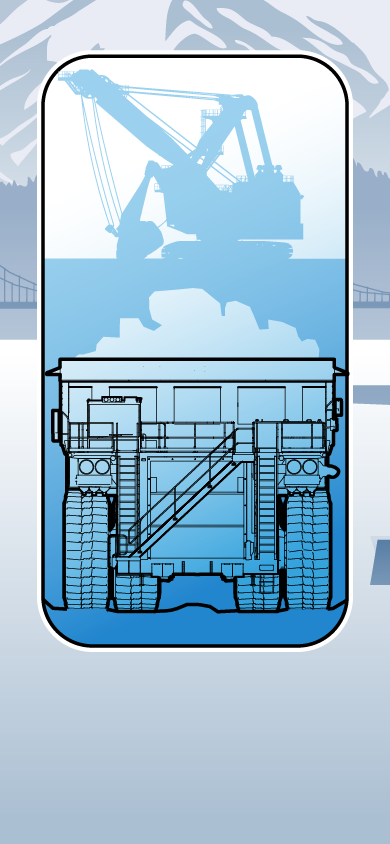
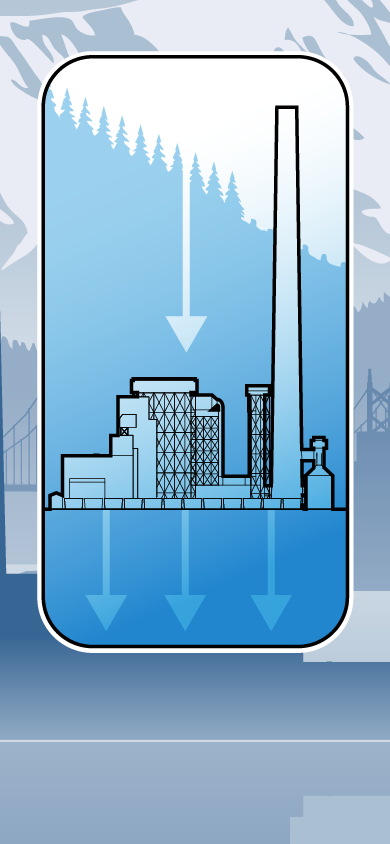
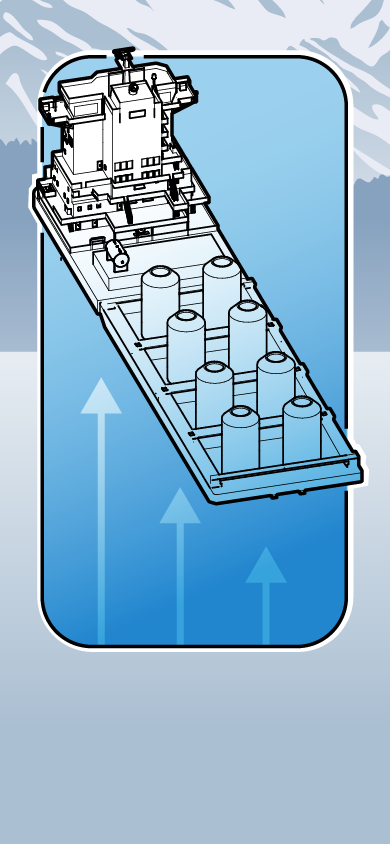

1. Wetland and peatland restoration
Restoring terrestrial wetlands and peatlands to absorb and store more CO2
Permanence, years
<100
Cost 2023, $ per ton CO2
15–40
Potential benefits
Increase biodiversity; improve water quality; reduce flood risks; eco-tourism
Potential challenges
Release of some greenhouse gases via restoration; uncertain permanence level; long-term monitoring and management
2. Cropland, grassland, and agroforestry
Improving cropland- and grassland-management practices to enhance CO2 uptake from soils, and agroforestry to remove CO2 from the atmosphere
Permanence, years
<100
Cost 2023, $ per ton CO2
10–30
Potential benefits
Increase biodiversity; enhance soil fertility and water retention; agricultural productivity
Potential challenges
Quantifying and monitoring carbon sequestration
3. Reforestation and afforestation
Tree planting in deforested or never-forested land to remove atmospheric CO2
Permanence, years
<1,000
Cost 2023, $ per ton CO2
10–40
Potential benefits
Increase biodiversity and ecosystem resilience; eco-tourism
Potential challenges
Increased demand for land; release of sequestered CO21; risks of monoculture tree planting2
4. Blue carbon management
Enhancing carbon uptake and storage of CO2 in ocean and coastal ecosystems (eg, restoring mangroves, seagrasses, and tidal marshes; cultivating micro- and macroalgae)
Permanence, years
<1,000
Cost 2023, $ per ton CO2
25–250
Potential benefits
Improve marine ecosystems; enhance coastal resilience
Potential challenges
Monitoring, reporting, and verification (MRV) for coastal and ocean ecosystems; regulatory uncertainty in international waters
5. Biochar and bio-oil
Produced from biomass, biochar is spread to improve soil quality, and bio-oil is injected underground
Permanence, years
<1,000
Cost 2023, $ per ton CO2
90–220
Potential benefits
Enhanced soil fertility and water retention; uses for biomass residues from agricultural processes
Potential challenges
Increased demand for biomass feedstock and land; uncertain degree of soil permanence
6. Ocean alkalinity enhancement
Adding alkaline substances to the ocean enhances its ability to absorb CO₂ from the atmosphere, accelerating the natural process
Permanence, years
>1,000
Cost 2023, $ per ton CO2
Uncertain
Potential benefits
Counter ocean acidification
Potential challenges
Effects on marine ecosystems from alkaline; MRV for ocean ecosystems; regulatory uncertainty in international waters
7. Enhanced weathering
Rocks and minerals are broken down to increase surface area, speeding up processes that enable them to store carbon from the atmosphere
Permanence, years
>1,000
Cost 2023, $ per ton CO2
120–800
Potential benefits
Improve agricultural productivity
Potential challenges
Environmental and social effects; effects of trace metals in local ecosystem
8. Bioenergy with carbon capture and storage
Sustainably sourced biomass to produce biofuels, electricity, heat, pulp; CO₂ emissions from these processes are captured and stored
Permanence, years
>1,000
Cost 2023, $ per ton CO2
60–270
Potential benefits
Additional revenue streams from generating coproducts (eg, electricity); retrofit to power plants
Potential challenges
Increased demand for biomass feedstock and land
9. Direct ocean capture
Acid derived from ocean electrodialysis is used to chemically extract CO2 from surface water; CO2 then placed in long-term storage
Permanence, years
>1,000
Cost 2023, $ per ton CO2
Uncertain
Potential benefits
Counter ocean acidification; use in coproducts (eg, sustainable aviation fuels)
Potential challenges
Low technological readiness level at scale; MRV for open ocean ecosystems; high energy usage
10. Direct air capture and storage
Air passes through solid or liquid chemical filter that binds to CO2, removing it from the air; concentrated CO2 from filter is stored in underground geological formations
Permanence, years
>1,000
Cost 2023, $ per ton CO2
500–1,000
Potential benefits
Use in coproducts (eg, sustainable aviation fuels); deploy across diverse geographies
Potential challenges
High water and energy usage
The CDR market: Trillion-dollar potential
A CDR industry capable of delivering gigaton-scale removals at net-zero levels could be worth up to $1.2 trillion by 2050. This industry would require input and support from a range of players—including investors, suppliers, buyers, traders, and other intermediaries—with substantial potential value pools estimated for each (Exhibit 2). These are long-term business opportunities that would require early action to build removal volumes to scale by 2050.
This report recognizes a strong degree of uncertainty in the future of the CO2 removal (CDR) industry in terms of the volume of removals needed to address climatic needs, the mix of solutions that could be used to deliver these volumes, and the range of returns players across the value chain will be expected to deliver. Here we present the range of possible scenarios, with market sizes ranging from $300 billion to $1.2 trillion.
The data opposite, for example, shows the results of a scenario that requires lower rollout of CDR (due to faster decarbonization efforts, for example), with a higher share of nature-based removals (NBR) in the overall mix of removal solutions. Such a scenario could deliver a CDR industry of around $300 billion, with heavier weighting toward NBR. Note that NBR revenue shares remain comparatively lower than technology-based removals (TBR) because of the lower prices of NBR credits compared with TBR.
In comparison, a scenario that requires higher rollout of CO2 removal (CDR), combined with a higher use of technology-based removals (TBR) in the mix of removals, would create a significantly more expensive CDR industry worth up to $1.2 trillion. Because of higher-priced TBR options, market revenues would also be significantly more skewed toward TBR solutions in this scenario.


Investment would be needed to support innovation to drive down costs and to support project development. Analysis in this report estimates the cumulative investment in CDR required to deliver net zero in 2050 at $6 trillion to $16 trillion (Exhibit 3). The investment need would depend on the volume of removals needed as well as the range of available CDR solutions. Estimates based on the current trajectory for investment, however, suggest investment could fall considerably short of these levels. In fact, the gap between estimated investment and what is estimated to be needed by 2030 to put CDR on track to meet 2050 targets is between $400 billion and $1.6 trillion.

Market trends: Reducing costs through CDR innovation
The CDR market is currently trading at high prices and small volumes, particularly for emerging TBR. High prices for more durable CDR solutions are likely driven by small capacities and high costs of production. Innovation is key to fostering the higher volumes and lower prices needed to deliver CDR at scale. With continued demand, investment, and innovation, TBR costs are estimated to decline by at least 30 percent and up to 60 percent through 2035 and continue to drop through 2050, albeit more slowly as the industry scales (Exhibit 4). Costs for solutions that currently carry higher costs are estimated to decline fastest, though this scenario relies on the assumption that the required levels of investment and innovation can be achieved. NBR costs, on the other hand, may rise over time as land resources become constrained. NBR costs could rise by 20 to 60 percent through 2035, and 15 to 40 percent between 2035 and 2050.7

Lowering barriers to scaling CDR
Scaling CDR to deliver net-zero removal volumes is a challenging endeavor, fraught with complexity and nuance. Indeed, the risks and challenges facing the industry have been documented at length,8 and they include a need for stronger buyer incentives; improved transparency of standards, practices, and services; clear public-sector signals; innovation to unlock lower-cost solutions; and, of course, increased removals capacity. This report explores actions stakeholders across the CDR value chain could take to fulfill these needs.
Existing and developing policy measures and public funding have the potential to accelerate investment, along with enhanced project-level economics that reduce costs and improve future revenue streams. Governments, philanthropists, and nongovernmental organizations could work with the private sector to spur innovation—for example by addressing how CDR is incorporated into environmental, social, and governance (ESG) and carbon-accounting frameworks as well as how CDR could be integrated into cap-and-trade or carbon tax systems. Governments and philanthropists could also consider directly funding early-stage technology development or designing innovative financing arrangements that may help catalyze further private investment.
Early-mover advantages in the CDR industry
Although the challenges for scaling investment and innovation are not inconsiderable, tangible, long-term benefits are potentially available to those who engage in critical near-term efforts to scale the CDR industry. Indeed, the analysis in this report indicates that there may be strategic and competitive advantages available to early movers prepared to address these challenges together with other stakeholders.
Investors
Investors that engage early could gain valuable experience in spotting new opportunities and assessing their potential ahead of investors who wait for the market to grow before they engage. And CDR projects can have long lead times to start delivering removals—some TBR can take up to six to eight years to begin removing their first volumes of CO2.9 Early alliances and support for growth enterprises could help investors reserve the right to play as the industry matures and scales. Early investors could also fortify their reputations as climate leaders by being at the forefront of creating an essential net-zero industry, potentially realizing $20 billion to $80 billion in CDR market revenues by 2050, according to the value pools analysis in this report.
Suppliers
Suppliers (CDR project developers that generate carbon credits based on capture and storage activities) could earn 73 to 82 percent of estimated CDR market revenues—$250 billion to $900 billion—by 2050. Because they carry out physical removal activities (such as carbon capture, transport, and storage) while other market players enable their efforts, suppliers could capture the largest share of industry revenues. When demand scales—for example, if CDR is recognized in carbon trading systems—suppliers will need to be able to respond rapidly to meet it. Because of what could be largely unrivaled access to technology, talent, and capital resources, established suppliers could have a significant advantage in expanding programs quickly and successfully. Early movers could be positioned to develop approaches to move down the learning curve sooner than those who engage later, thereby reducing early movers’ costs.
Buyers
Early buyers that sign future offtake agreements with suppliers could gain confidence that they will have a reliable future removals supply, even in the event of increased demand. If companies were required to purchase CDR to offset emissions—for example, following changes to regulations or guidelines on carbon offsets—then demand for CDR credits could rise sharply. Companies that made public net-zero commitments may require access to CDR urgently as they approach their stated deadlines. Early buyers may be more likely to secure a supply of reliable, high-quality CDR credits that could prove essential for hard-to-abate sectors to neutralize residual emissions and meet net-zero targets. In addition, a well-considered ESG strategy underpinned by CDR could support business aims such as talent recruitment and green premiums.
Marketplaces and intermediaries
As seen in other markets, as volumes grow for CDR, trading for removal volumes could coalesce around a small number of major marketplaces in a “winner takes all” dynamic. This dynamic would result from reduced intermediation costs and increased liquidity of the industry operating through a small number of marketplaces. Market intermediaries could earn 9 to 14 percent of estimated CDR market revenues—$40 billion to $140 billion—by 2050, according to the value pools analysis in this report. Marketplaces could aim to attract new and future buyers by moving early to establish a solid reputation for technical expertise, quality assurance, pricing knowledge, and the ability to diversify. Meanwhile, early-moving standards setters that develop high-integrity methodologies for the major CDR technologies could inform the core standard around which the voluntary carbon market for removals operates.
Governments
Governments that move early to support the CDR industry could shore up their domestic removal capacity to align their nationally determined contribution commitments with the Paris Agreement, satisfy other green commitments, and secure national supplies. CDR could be a global opportunity. A variety of CDR solutions means countries could utilize those solutions best suited to their particular geographies: for example, countries with access to low-cost renewable energy could enjoy cost advantages using energy-intensive CDR such as direct air capture. Likewise, countries with significant land-based natural assets could potentially benefit from expanded NBR; and coastal and island states could find emerging blue-carbon solutions afford them advantages. In addition, supporting CDR could provide governments with opportunities to promote skill development and job creation, thereby helping to facilitate a just transition to renewable energy sources.
Based on our analysis, CDR capabilities may become a core strategic concern for governments, investors, and businesses alike. This report offers analysis of the market potential for CDR, potential actions to scale CDR rapidly, and opportunities for near- and long-term advantages for early-moving CDR stakeholders. By reflecting on the analysis and data presented here, business leaders can gain a foundational understanding of CDR and how it may factor into their organizations’ net-zero strategies and overall goals. Bold actions taken today can scale CDR capacity to meet global net-zero requirements.
